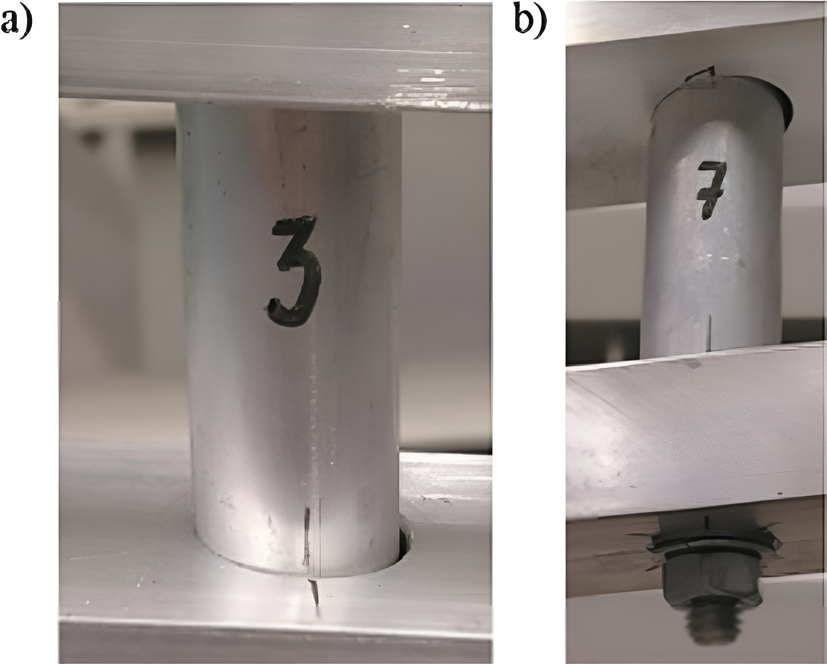Statics and stability of diagonalless beams of particular kind - preliminary studies
1
Faculty of Civil Engineering and Architecture, Kielce University of Technology, Poland
Submission date: 2023-06-05
Acceptance date: 2023-06-20
Publication date: 2024-04-01
Corresponding author
Kinga Saternus
Faculty of Civil Engineering and Architecture, Kielce University of Technology, Poland
Faculty of Civil Engineering and Architecture, Kielce University of Technology, Poland
Archives of Civil Engineering 2024;70(1):73-95
KEYWORDS
diagonalless beamVierendeel girdertwo-chord built-up membermetal sleevemetal-glass building envelopesbuckling analysis
TOPICS
ABSTRACT
Attractive large-scale glazing is currently an architectural trend. Achieving adequate stiffness for larger glazing spans requires the use of complex cross-sections, generally aluminium sections of considerable height. Members with openwork webs are sometimes used in order to achieve increased load-bearing capacity and stiffness with reduced weight. The disadvantage is that this solution takes up a lot of space inside the building. A recently patented diagonalless member attempts to solve the above-mentioned problems. The member is fully demountable and allows glass units to be installed in the space between the chords. It consists of two chords spaced apart by metal sleeves with bolts passed through them. In this study, preliminary qualitative experiment were carried out to determine the behaviour of the member under load and to identify zones sensitive to local deformation. On this basis, numerical models (bar and solid models, including contact interactions) were created and tested. Subsequently, the optimum sleeve spacing was determined, the effect of rotational and translational stiffness reduction at the nodes was investigated, and stress concentration zones and forms of stability loss were identified. A new form of local loss of stability of the chord facewall was identified, the so-called sliding push effect of the chord walls on the sleeve (within the larger openings). This is a completely different type of chord facewall failure from that found in known tubular welded joints. The research programme focused on identifying the phenomena occurring in the new member in order to provide a basis for further, more advanced analyses.
We process personal data collected when visiting the website. The function of obtaining information about users and their behavior is carried out by voluntarily entered information in forms and saving cookies in end devices. Data, including cookies, are used to provide services, improve the user experience and to analyze the traffic in accordance with the Privacy policy. Data are also collected and processed by Google Analytics tool (more).
You can change cookies settings in your browser. Restricted use of cookies in the browser configuration may affect some functionalities of the website.
You can change cookies settings in your browser. Restricted use of cookies in the browser configuration may affect some functionalities of the website.




